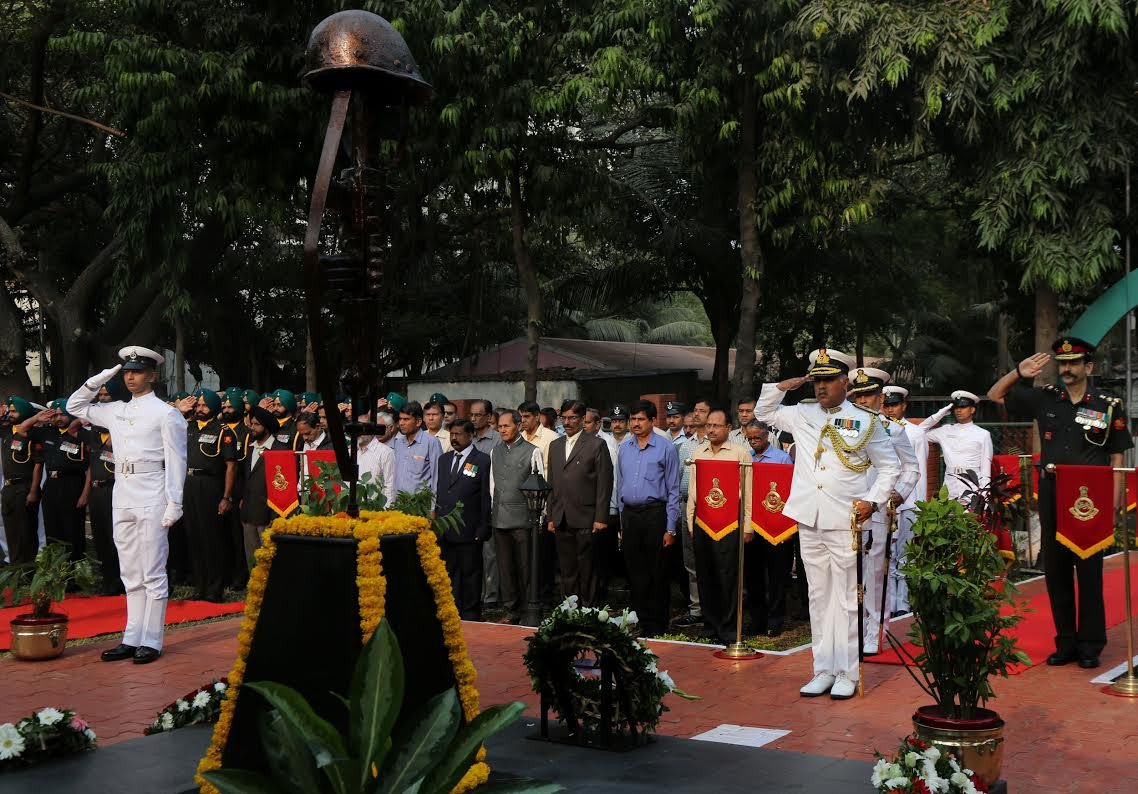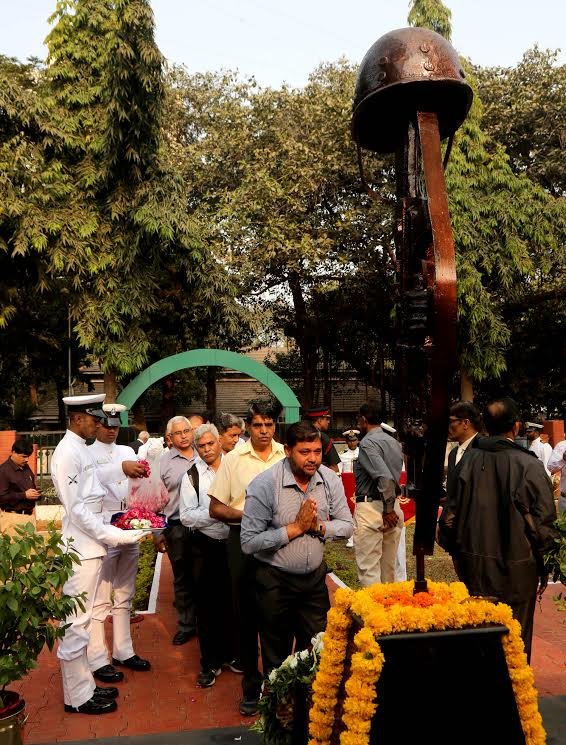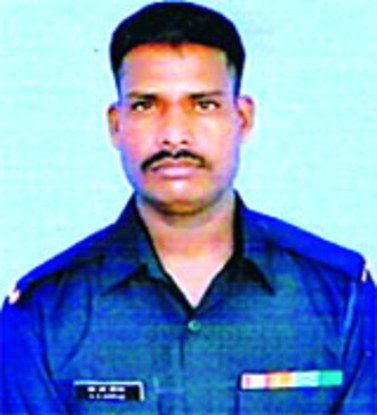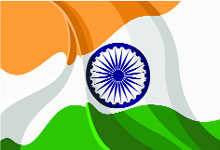TAKING POSITION Camping in Patiala, former army chief Gen JJ Singh says his track record is of ‘no failures’
I am ready for the battle… I am here to give back to the city socially, politically and economically. GEN JJ SINGH (RETD), former army chief
PATIALA: Two former soldiers are set to slug it out in the Patiala assembly segment as the Shiromani Akali Dal (SAD) has decided to bet on former army chief General JJ Singh (retd) against Punjab Congress chief Captain Amarinder Singh for the polls due within a couple of months. Amarinder hasn’t lost an election from the Patiala (urban) seat since 2002.
 HT FILEDeputy chief minister Sukhbir Badal honouring Gen JJ Singh (retd) during the inauguration of the first phase of Gobindgarh Fort in Amritsar on December 13.
HT FILEDeputy chief minister Sukhbir Badal honouring Gen JJ Singh (retd) during the inauguration of the first phase of Gobindgarh Fort in Amritsar on December 13.
Gen JJ Singh stopped just short of expressly confirming the candidature: “Let’s wait for a day; I am ready for the battle and take up a challenge only to win.”
But an Akali leader privy to the decision told HT, “The idea is to pose a tough challenge to Amarinder, so that he gets less time to move around the state for canvassing. General JJ Singh is a Sikh with an illustrious career behind him.” PATIALA: Two former soldiers are set to slug it out in the Patiala assembly segment as the Shiromani Akali Dal (SAD) has decided to bet on former army chief General JJ Singh (retd) against Punjab Congress chief Captain Amarinder Singh for the polls due within a couple of months. Amarinder hasn’t lost an election from the Patiala (urban) seat since 2002.
Gen JJ Singh stopped just short of expressly confirming the candidature: “Let’s wait for a day; I am ready for the battle and take up a challenge only to win.”
But an Akali leader privy to the decision told HT, “The idea is to pose a tough challenge to Amarinder, so that he gets less time to move around the state for canvassing. General JJ Singh is a Sikh with an illustrious career behind him. The AAP has fielded a very weak candidate from Patiala. Our party president will announce the name in a day or two, but JJ Singh has already been sounded to shift base to Patiala.”
Gen Singh confirmed he has reached Patiala. “Let me first make it clear that don’t dub me as a ‘paratrooper’ in Patiala. I have been brought up in the city and stayed here… am familiar with its every nook and cranny,” he said, indicating that he is game. He said he is in Patiala “for an assignment which I will accomplish in tune with my track record of no failures”.
He added, “It’s my payback time to Patiala, where I have stayed for years as a child after my family shifted here after Partition. The city has my ‘nanke’ (maternal grandfather’s family) as well as ‘dadke’ (paternal grandfather’s), and now I am here to give back to the city socially, politically and economically,” said the General.
Gen Singh, who was the first Sikh officer to become the army chief, has been provided security cover by the police in Patiala. At least 12 cops and vehicle have been put on the job on the orders of ADGP (security). JJ Singh fought the 1965 and 1971 wars, apart from being among the architects of defeating Pakistani intruders in Kargil. For six months, JJ Singh was cosying up with SAD president and deputy chief minister Sukhbir Badal. He was seen at the inaugural function of the war memorial in Amritsar and also at other events concerning ex-servicemen.
Amarinder, too, had served on the Indo-Pak border during the 1965 war.
After finding former minister Surjit Singh Kohli not in the pink of his health, and Bhagwan Dass Juneja, who lost decisively in the bypoll to Preneet Kaur after Amarinder left the seat to become Amritsar MP, the SAD was looking for a formidable fresh face from Patiala. Sukhbir approached JJ Singh, who agreed to the proposal, said sources.
SAD general secretary Prem Singh Chandumajra had said on Sunday that a “famous personality” would be pitted against Amarinder. As per the deal, say sources, the General has been promised a “suitable adjustment” irrespective of what the election result will be.
On being asked if it will be befitting for him to contest assembly polls after holding offices such as those of army chief and governor, JJ Singh said, “No job and work is small.”
Akalis to field General versus Captain in battle for Patiala
TAKING POSITION Camping in Patiala, former army chief Gen JJ Singh says his track record is of ‘no failures’
I am ready for the battle… I am here to give back to the city socially, politically and economically. GEN JJ SINGH (RETD), former army chief
PATIALA: Two former soldiers are set to slug it out in the Patiala assembly segment as the Shiromani Akali Dal (SAD) has decided to bet on former army chief General JJ Singh (retd) against Punjab Congress chief Captain Amarinder Singh for the polls due within a couple of months. Amarinder hasn’t lost an election from the Patiala (urban) seat since 2002.
 HT FILEDeputy chief minister Sukhbir Badal honouring Gen JJ Singh (retd) during the inauguration of the first phase of Gobindgarh Fort in Amritsar on December 13.
HT FILEDeputy chief minister Sukhbir Badal honouring Gen JJ Singh (retd) during the inauguration of the first phase of Gobindgarh Fort in Amritsar on December 13.
Gen JJ Singh stopped just short of expressly confirming the candidature: “Let’s wait for a day; I am ready for the battle and take up a challenge only to win.”
But an Akali leader privy to the decision told HT, “The idea is to pose a tough challenge to Amarinder, so that he gets less time to move around the state for canvassing. General JJ Singh is a Sikh with an illustrious career behind him. The AAP has fielded a very weak candidate from Patiala. Our party president will announce the name in a day or two, but JJ Singh has already been sounded to shift base to Patiala.”
Gen Singh confirmed he has reached Patiala. “Let me first make it clear that don’t dub me as a ‘paratrooper’ in Patiala. I have been brought up in the city and stayed here… am familiar with its every nook and cranny,” he said, indicating that he is game. He said he is in Patiala “for an assignment which I will accomplish in tune with my track record of no failures”.
He added, “It’s my payback time to Patiala, where I have stayed for years as a child after my family shifted here after Partition. The city has my ‘nanke’ (maternal grandfather’s family) as well as ‘dadke’ (paternal grandfather’s), and now I am here to give back to the city socially, politically and economically,” said the General.
Gen Singh, who was the first Sikh officer to become the army chief, has been provided security cover by the police in Patiala. At least 12 cops and vehicle have been put on the job on the orders of ADGP (security). JJ Singh fought the 1965 and 1971 wars, apart from being among the architects of defeating Pakistani intruders in Kargil. For six months, JJ Singh was cosying up with SAD president and deputy chief minister Sukhbir Badal. He was seen at the inaugural function of the war memorial in Amritsar and also at other events concerning ex-servicemen.
Amarinder, too, had served on the Indo-Pak border during the 1965 war.
After finding former minister Surjit Singh Kohli not in the pink of his health, and Bhagwan Dass Juneja, who lost decisively in the bypoll to Preneet Kaur after Amarinder left the seat to become Amritsar MP, the SAD was looking for a formidable fresh face from Patiala. Sukhbir approached JJ Singh, who agreed to the proposal, said sources.
SAD general secretary Prem Singh Chandumajra had said on Sunday that a “famous personality” would be pitted against Amarinder. As per the deal, say sources, the General has been promised a “suitable adjustment” irrespective of what the election result will be.
On being asked if it will be befitting for him to contest assembly polls after holding offices such as those of army chief and governor, JJ Singh said, “No job and work is small.”
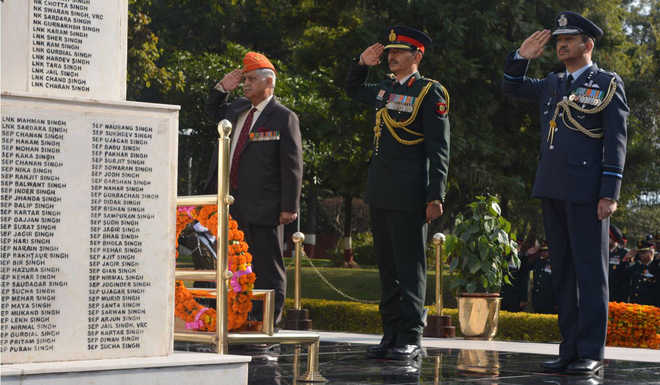
















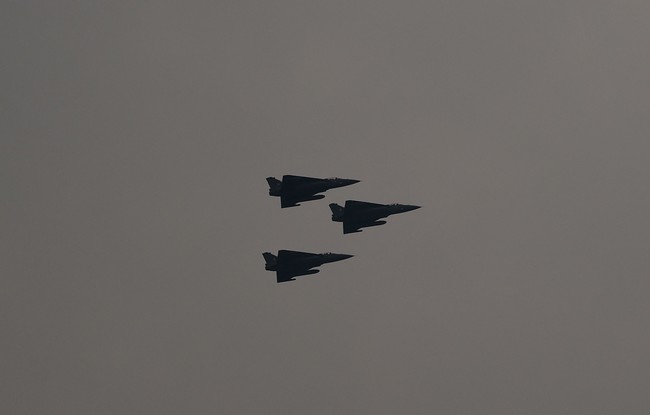
 GETTY IMAGES
GETTY IMAGES








